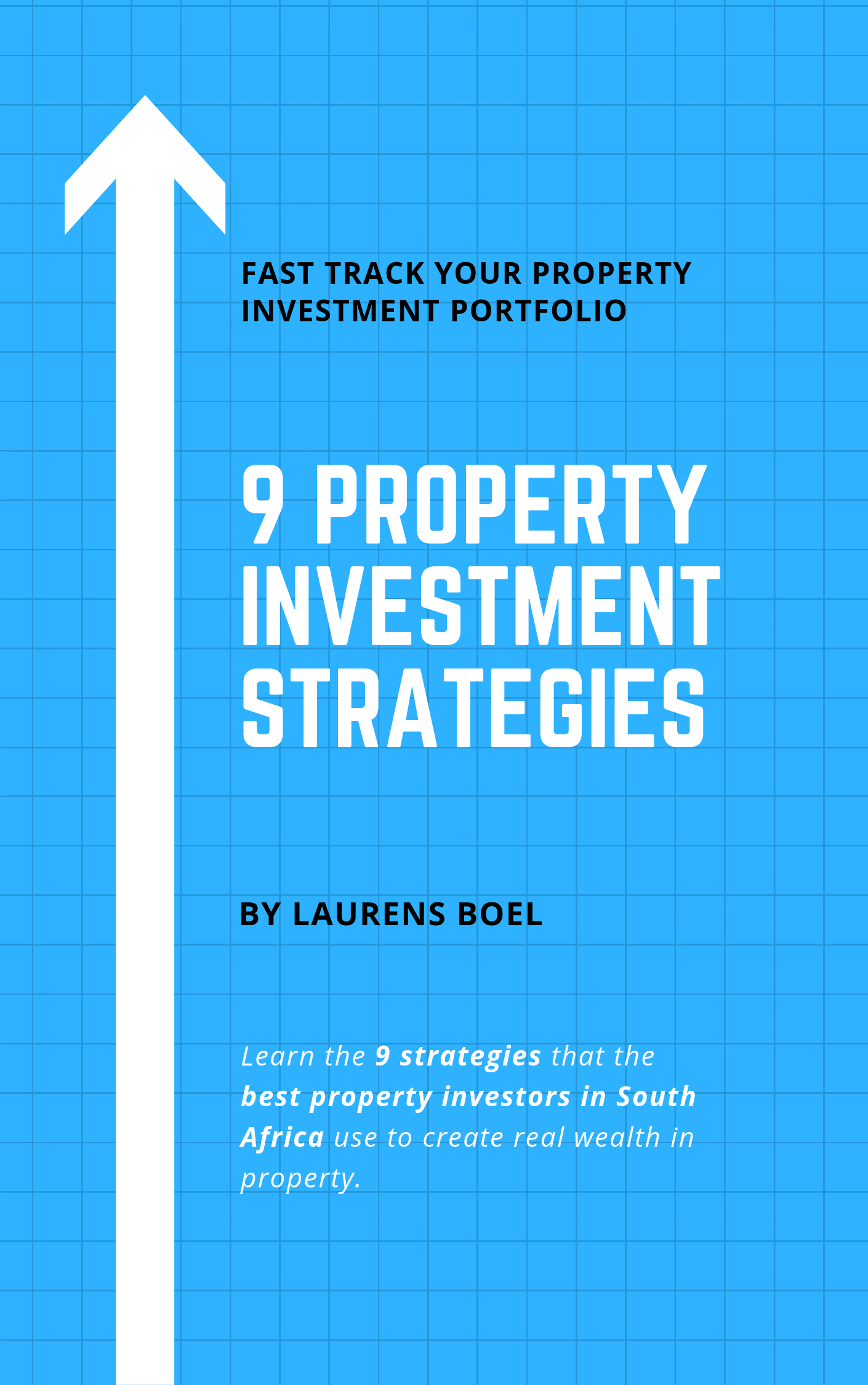Here’s a quick guide on the six biggest risks in student accommodation investing.
In no particular order, these six risks are:
- Vacancies
- Monthly operating expenses
- Cash flow issues
- Lending restrictions
- Repairs
- Zoning
Vacancies
One of the biggest challenges is students leaving halfway through the year, right? They fail the first semester. They’re not going to pay for the second semester’s work. I tend to take more experienced or older students who I know have a track record of passing. That means only students who are second year and older are accepted on my properties because if they’ve passed the first year, they’re likely able or capable of passing the second year and staying the full course.
Monthly Operating Expense Billing
Oftentimes you’ll have water leaks and it won’t be notified to you as a landlord until it’s too late. You will see it on your municipal bill when you’ve got R20 000 to pay. There’s also the overuse of electricity.
Water and electricity are variable costs that change depending on consumption. If the students are consuming too much, it tends to increase your expenses and decreases your cash flow. The best way to solve this is to employ meter readings and put house restrictions in place to make sure that students know what the rules are when it comes to using electricity and water.
Cash Flow Issues
If you’re using NSFAS, which stands for National Student Fund Aid Scheme, be aware that they tend to delay payments or struggle to make payments on time.
You might have a student that comes through NSFAS that starts in the 1st of January, but you’ll probably only get paid in March or April because they’ve got a whole bunch of new registrations and their system is overloaded. It takes them a while to process everything.
So, although you’re supposed to be paid in January, you only end up getting paid in April, which means those four months you’re not having any income. You also don’t get paid in December because students go home. In total, that’s up to five months without cash flow if you haven’t managed or saved that cash flow. Leading up to it, you’re going to get into a position where you can’t afford to pay your bank and you’re going to default.
Make sure that you save during the good months, put away that vacancy provision, put five to ten thousand rand away every single month so that when you get to the lean months, you’ve got the income to be able to cover your cash flow payments.
Lending Restrictions
From my experience, you’re only going to get about 70 percent loan-to-value on a student accommodation house. What I’ve found is that if you don’t apply for a commercial loan for a student accommodation and rather apply for a home loan on the house, you tend to get a 90 percent loan-to-value. You can then use private money or private finance to cover the rest of the payment, renovations and repairs.
Repairs
You’re going to have to fully renovate the property every three or four years because students tend to wreak havoc. Make sure you’ve got a weekly cleaning service and check-in on the property regularly.
Zoning
Lastly, you have to rezone for multiple tenants. Otherwise you are an illegal landlord. If you get accredited by NSFAS and follow their guidelines on what you need in order to be able to rent out to students, you should be fine.


